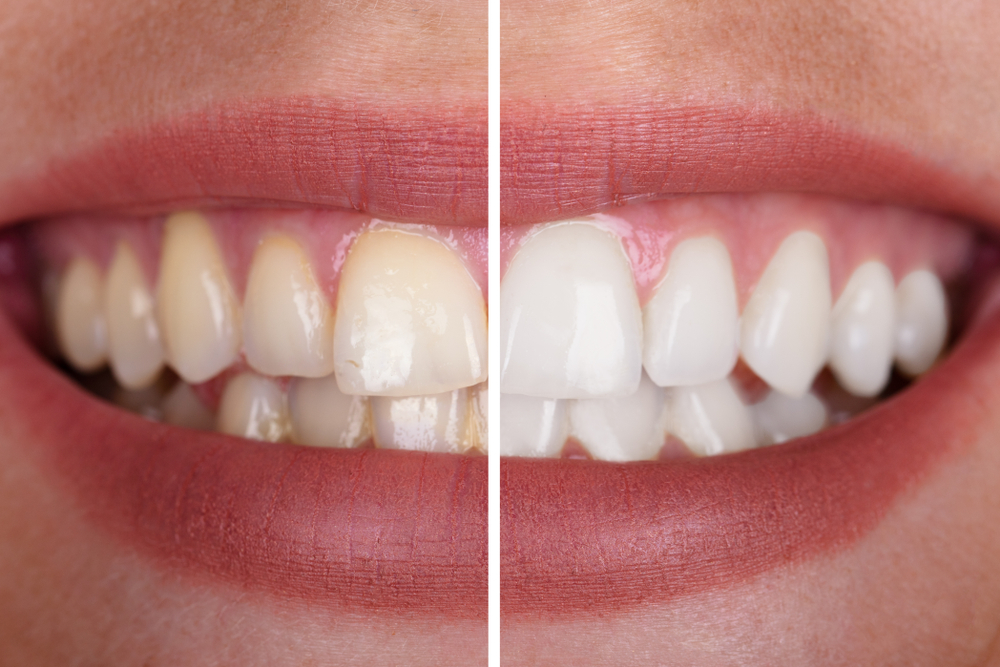In orthodontic dentistry, there are certain phrases that you hear so often that it’s easy to take them for granted. For example, “overbite”. If you’ve been seeking orthodontic dentistry treatment and have found yourself reading this blog, you’ve probably come across the term “overbite” a few times already.
But, if you’re a younger reader, or someone who hasn’t ever given too much thought to orthodontics or braces until now, you might not know what this term really means. You may also have no idea that there are a few specific causes, as well as some more unusual ones.
In this blog, we’re going to take a look at one of the most common reasons people seek out orthodontic dentistry, what causes it, and whether there are alternative or preventative fixes.
Related Post: Orthodontic Dentistry: Unusual Causes Of Teeth Misalignment
What Is an Overbite?
An overbite is when your top teeth come down in front of your bottom teeth when you close your mouth. Your teeth are supposed to meet when your jaw shuts, but an overbite means this doesn’t happen, and in certain cases it can cause issues with chewing, problems with speech and general self-consciousness.
Causes of an Overbite
What causes an overbite? There are few things that can lead to your top teeth closing down over your bottom teeth. Although the reasons can vary, the effects and treatments are typically the same depending on the severity.
Related Post: The Best Cosmetic Dentistry Procedures For A Beautiful Smile
Under or Over Development of the Jaw
The main cause of overbite is the over development or underdevelopment of the jaw.
Hereditary
In some cases, the over or under-development of the jaw can simply be an inherited genetic trait.
Chewing and Bad Habits
There are some habits that, if they begin at a very young age, can lead to an overbite. Thumb-sucking or overusing pacifiers is a common cause of a jaw or teeth growing improperly, leading to overbite, underbite or misalignment. Tongue thrusting, mentioned in a previous blog, can also lead to an overbite.
Vertical or Horizontal?
There are two distinct types of overbite. A vertical overbite refers to the top teeth overlapping the bottom teeth to a significant degree. A horizontal overbite is when the top teeth actually protrude out over the bottom teeth.
Orthodontic Dentistry and Treating an Overbite
Of course, what you’re really looking for is treatment options. In orthodontic dentistry, there are plenty of avenues used to treat overbites of different kinds. Without treatment, an overbite can cause significant problems eating and speaking, especially in children as they develop.
Catching an overbite early is the best option, and is typically treated by removing teeth, and then using braces to adjust the position of those still growing. However, these same treatments are often shown to be effective in adults. In some cases, oral surgery is also an option for correction.
Orthodontic Dentistry at Parkcrest Dental Group
Are you looking for orthodontic dentistry treatment for an overbite, or severely crooked, overcrowded teeth? Or are you looking for more general dentistry? Perhaps you’re searching for cosmetic dentistry services? Contact Parkcrest Dental Group to find exactly what you need today. We’ve helped countless people in the Springfield, MO to achieve their perfect smile, and we’re ready to help you too.




